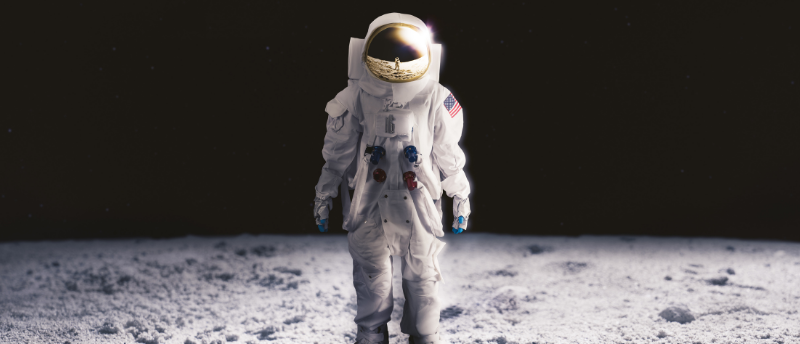1 million more blood cells destroyed every second during space travel

Astronauts (and future space tourists!) could be screened for health conditions affected by anemia, after a study reveals ‘space anemia’ prevails even once passengers are safely back on Earth.
“Space anemia has consistently been reported when astronauts returned to Earth since the first space mission, but we didn’t know why,” says Guy Trudel, the first author of this study (University of Ottawa and the Ottawa Hospital Research Institute; Canada). “Our study shows that upon arriving in space, more red blood cells are destroyed, and this continues for the entire duration of the astronaut’s mission.”
In space, fluid shifts to the upper body resulting in a 10% loss of liquid in red blood cells. It was thought this led to the same amount of red blood cells being destroyed, which would explain space anemia. However, the research group from the University of Ottawa have conducted the first study on space anemia and found that all may not be as it first seemed…
The researchers assessed the level of red blood cell destruction of 14 astronauts over their 6 months in space by measuring hemolysis markers in their breath and blood, using techniques such as gas chromatography. They also measured carbon monoxide in breath samples and found that for each carbon monoxide molecule produced, one molecule of heme was destroyed. Methods to collect samples had to be adapted for space, for example astronauts would breathe through a mouthpiece connected to a one-way valve system connected to a vacuum canister to store breath samples until they were back on Earth.
During their time in space, an increase of 54% in red blood cell destruction was reported for both male and female astronauts – this means 3 million red blood cells are destroyed every second, compared to the 2 million every second on Earth.
 Mutliple genes implicated in vitamin B12 conditions
Mutliple genes implicated in vitamin B12 conditions
A symbiosis of basic science discoveries and clinical observations has unraveled the mystery in rare vitamin B12 conditions.
Red blood cell production wasn’t measured directly; however, it is assumed extra red blood cells were naturally produced otherwise various major health problem would have occurred on space missions. “Thankfully, having fewer red blood cells in space isn’t a problem when your body is weightless,” explains Trudel. “But when landing on Earth and potentially on other planets or moons, anemia affecting your energy, endurance, and strength can threaten mission objectives. The effects of anemia are only felt once you land, and must deal with gravity again.”
Once back on Earth, 13 of the astronauts had blood drawn of which five were found to be clinically anemic. Whilst the study found that red blood cell levels returned to normal within 3-4 months, one year after their trip to space, the astronauts’ red blood cell destruction was still 30% higher than before their flight. The researchers believe this indicates structural changes occur that effect red blood cell control during and after space missions, suggesting that it is actually a primary response to being in space, and not a reaction to shifting fluids as first thought.
It remains unknown how long the body can maintain these higher rates of red blood cell destruction, but these results could lead to changes in astronaut’s diets in space and mean prospective astronauts are screened for health conditions affected by anemia.
This study could also impact research closer to home, as bedrest also causes anemia and hinders patient recovery. Trudel is also a rehabilitation physician and believes anemia caused by bedrest may have a similar mechanism to space anemia and is hoping to study this further and find potential preventative measures for both patients and astronauts.
“These findings are spectacular, considering these measurements had never been made before and we had no idea if we were going to find anything,” says Trudel. “We were surprised and rewarded for our curiosity.”